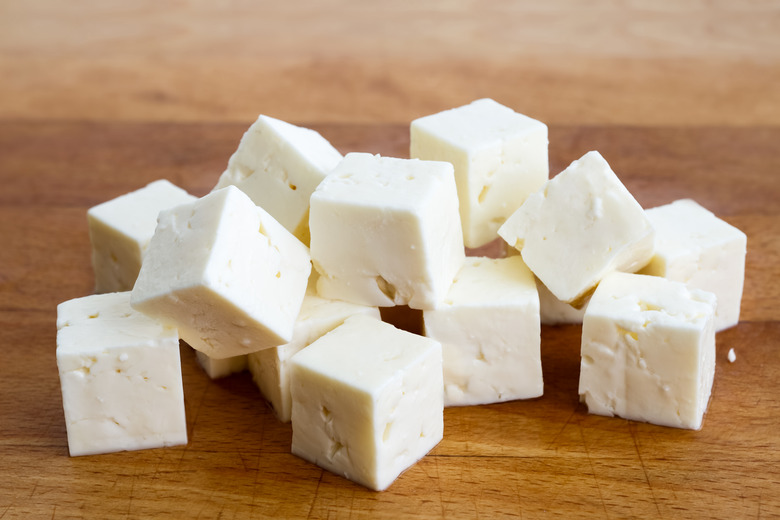How To Calculate The Area Of A Cube
A cube is a simple shape, and it would make sense to assume there is a simple formula for computing its surface area. All sides of a cube have the same length, and all the faces have the same area. Since a cube has six faces, all you have to do is calculate the area of one face and multiply by 6 to find the total surface area. The mathematical formula that results from this discussion is: For a cube with sides of length L, the surface area
\(A = 6L^2\)
Area of a Square
Area of a Square
A cube is made from squares, and a square is a special type of rectangle. You find the area of any rectangle by multiplying the length of its longer side by that of its shorter side. When the rectangle becomes a square, all four sides have the same length, so you simply multiply the length by itself. In other words, you square the length:
\(L × L = L^2\)
Surface Area of a Cube
Surface Area of a Cube
The surface area of a cube can be a useful thing to know. For example, someone designing a 3-D solar collector needs to know how many solar cells will fit on its surface. The answer depends on surface area.
To find surface area, first compute the area of one face, which is simply L2. The total surface area is the area of all six faces, so that would be
\(A = 6L^2\)
Example
Example
**One die from a pair of dice is half an inch high. What is its surface area?**
Dice are cubic, so first find the area of one face. You know the side of one face is 0.5 inches, so
\(0.5^2 = 0.25\)
There are six faces on the die, so multiply that area (0.25) by 6 to get the surface area of the cube:
\(A = 6 × 0.25 = 1.5 \text{ inches}^2\)
Cite This Article
MLA
Deziel, Chris. "How To Calculate The Area Of A Cube" sciencing.com, https://www.sciencing.com/calculate-area-cube-5137293/. 3 November 2020.
APA
Deziel, Chris. (2020, November 3). How To Calculate The Area Of A Cube. sciencing.com. Retrieved from https://www.sciencing.com/calculate-area-cube-5137293/
Chicago
Deziel, Chris. How To Calculate The Area Of A Cube last modified August 30, 2022. https://www.sciencing.com/calculate-area-cube-5137293/
